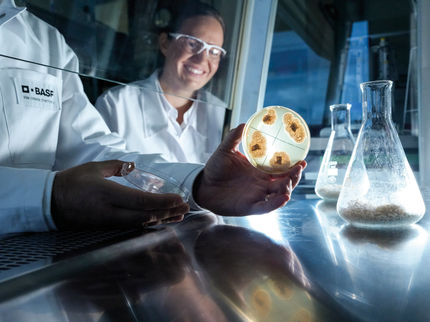Bio-renewable Chemicals Emerge as the Building Blocks of the Chemical Industry, Finds Frost & Sullivan
Advertisement
The change from a non-renewable to a renewable feedstock base in the chemical industry is accelerating. This is not only due to the increase in the prices of non-renewable feedstock but also because of the growing ability of certain microorganisms to yield higher productivity of the desired chemicals.
New analysis from Frost & Sullivan, Strategic Analysis of the Worldwide Market for Biorenewable Chemicals, finds that the market earned revenues of $1.63 billion in 2008 and estimates this to reach $5.01 billion in 2015. In this research, Frost & Sullivan's expert analysts thoroughly examine the applications for lactic acid, succinic acid, glycerol and 1,3 propanediol in bio plastics, bio composites and green chemicals.
"The stability and predictability of feedstock prices is motivating the chemical industry to shift its feedstock base,” notes Frost & Sullivan Senior Research Analyst Phani Raj Kumar Chinthapalli. “Ready availability is another reason influencing the chemical industry to investigate bio renewable feedstock options.”
Companies are evaluating the environmental benefits of using bio-renewable feedstock. For instance, emission levels are reduced with the use of bio-based feedstock in chemical manufacture. The manufacturing process of sorona bio plastic from renewable feedstock lowers green house gases by up to 50 per cent, compared to the manufacturing process of Nylon 6 from non-renewable feedstock.
Crude oil prices rose spectacularly from $30 per barrel in 2004 to $145 in mid–2008, a rise in excess of 350 per cent per barrel. The current cost of crude oil per barrel stands at $43. This fluctuation in oil prices is having an impact on the price of the feedstock necessary for chemical production. This variation is not evident in the renewable feedstock industry covering wheat and sugar.
Like the mature petrochemical industry, the bio renewable chemicals market does not have perfect business-to-business integration. This is only because two completely distinct supply chains must merge in order to provide a positive result.
“The food industry and the chemical industry have two different supply chains,” explains Chinthapalli. “The food industry can play its role half way, till the production of the chemical by fermentation or other processes from bio feedstock, while the other half is led by the chemical industry supporting the application market for the bio renewable chemicals.”
However, the lack of smooth business-to-business integration is restraining the bio renewable chemicals market. This challenge will resolve over the long term as awareness of the benefits accrued from partnering grows. Companies producing bio-renewable chemicals at the initial stages are expressing their willingness to partner rather than compete.
The bio-renewable chemicals market presents the food industry with an opportunity to gain a foothold in the chemicals markets, which have comparatively higher profit margins. On the other hand, chemical industries can enter the bio-renewable chemicals market and be a part of completely different supply chain.
“This will support greater sustainability in the chemical industries in terms of using renewable rather than non renewable resources, while showing a way for the industry to turn green,” notes Chinthapalli. “The perfect business-to-business integration of food and chemical industries will be the ultimate goal for both the industries to succeed in the market place.”





























































